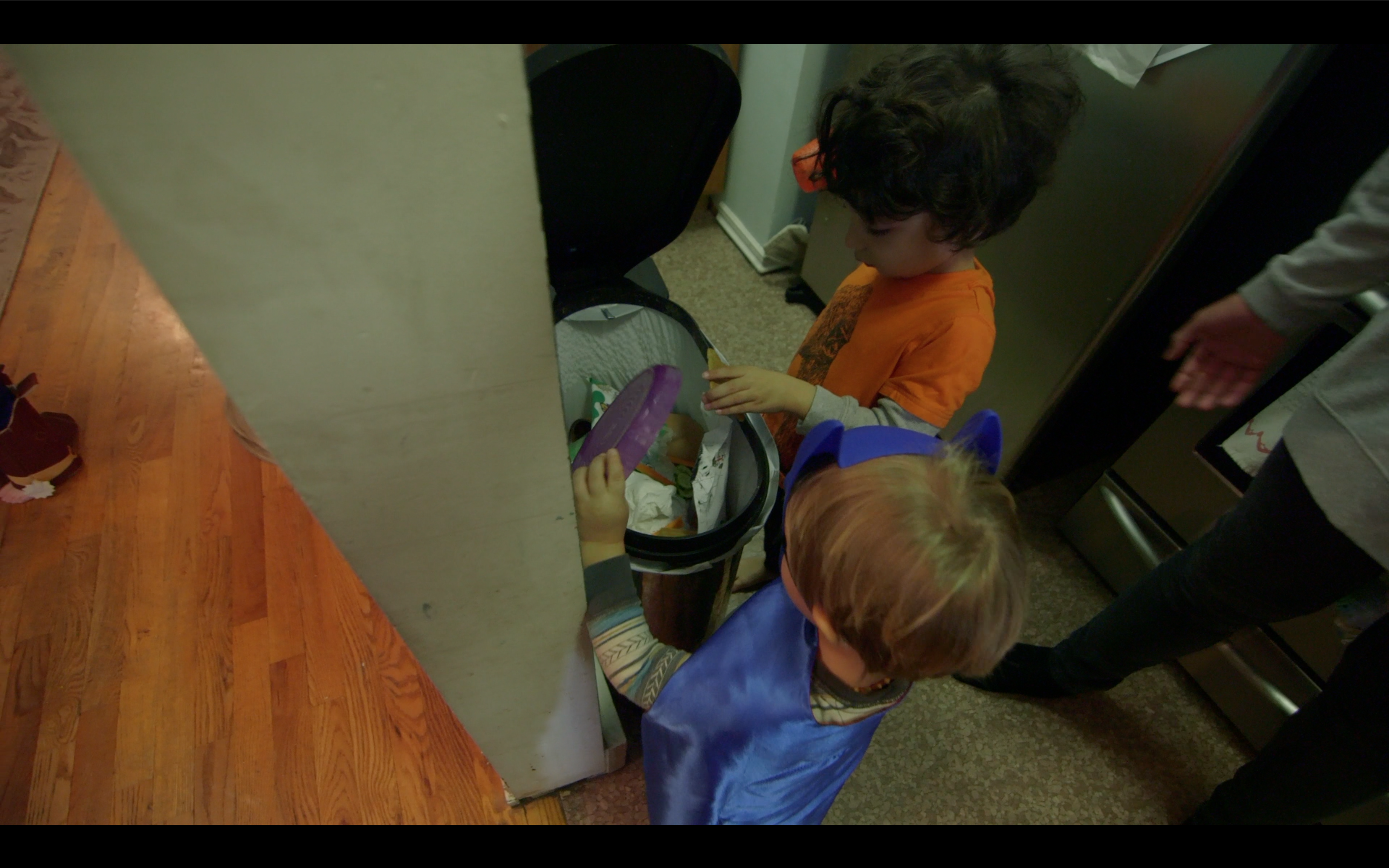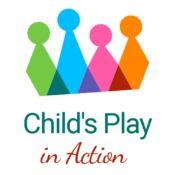Using positivity and playfulness you can transform even the most annoying task of clean up, into a game!
Watch this short video I made about the Clean-up Game! I use this tactic in my classrooms and in my living room. Learn about positive discipline techniques to make cleaning up more fun.
“Children are incontrovertibly and undeniably messy. Whatever the rewards of being a parent may be, tidiness is not one of them.”
– Dr. Alison Gopnik, The Gardener and the Carpenter: What the New Science of Child Development Tells Us About the Relationship Between Parents and Children.
The Merits of Mess
Einstein famously said, “If a cluttered desk is a sign of a cluttered mind, of what, then, is an empty desk a sign?”
This week we bought our son a desk making it officially a “big boy room”. The desk quickly looked like a nano-version of my own crazy one. Except that instead of to-do-lists, scripts and external hard drives, it was bustling with silly putty, dot-art and plastic animal figures.
My husband and I were grateful to have our kitchen table back. My son was grateful that he finally had a dedicated spot for his “art”. No one cared that it was messy.
A recent study conducted by the University of Minnesota found that disorderly environments actually produce fresh insights. How great is it to know that messiness can lead to creativity and risk-taking, and that science actually backs this up? Dr. Kathleen D. Vohs who spearheaded the study says, “if you need to think outside the box then let the clutter rise and unfetter your imagination.”
How to Clean Up
That said, there comes a time to put those toys away. And therein lies the parenting challenge. So here are some tips on how to make cleaning-up simple, sweet and fast with your kids.
1) Use Positive Discipline: Praise what you want to see more of.
Before the clean-up: Use gentle instructions so that kids feel like they have some agency in the task at hand and they aren’t being forced into it. Choice matters – but be aware of what kind of choice you are offering. Dr Alan Kazdin of the Yale Parenting Center said in a recent interview with The Atlantic, “Choice among humans increases the likelihood of compliance. And choice isn’t important, it’s the appearance of choice that’s important.” So instead of offering them a choice about whether or when to clean up, offer a choice about what to clean up first.
During the clean-up: As you see your child really cleaning-up, feel free to praise, praise, praise. Label it as it is happening so kids know what they are doing well and can repeat it. You can use physical contact for positive reinforcement and know that it’s ok to be really effusive.
After the clean-up: Keep practicing. Repeat the good behavior. “Getting the child to practice the behavior changes the brain and locks in the habit.” Says Kazdin.
2) Teach it like a Skill
In the same way that you would teach your child to set the table, tie their shoes or multiply…kids need to “learn” how to clean up.
3) Model Cleaning Up
You set the ultimate example. If you talk openly about the chores you do in your home, it will be that much easier to ask your child to contribute as well.
4) A “Heads-up” Helps
Give a 5 minute warning to the clean-up so that kids know to expect that their playtime is ending and can gear up for the transition. I love to set my timer since it seems like an outside force operating, and one less thing that “mom” is saying.
Purge with Joy and Gratitude

In New York, our living spaces are (in)famously small. The need to purge old baby swings, sippy cups (and oh yes, even) your kids artwork, becomes a necessity. I highly recommend heeding the advice of Japanese organizational guru, Marie Kondo, and only keeping things that “spark joy”.
Since it is such a simple concept, I found that I was able to ask this of Nathaniel. We go through a periodic dumping out of his toy chests and he cleans out the things that he no longer wants based on this criteria. We create a “to donate” pile and a “spark joy” pile.
Kondo is a huge advocate of gratitude. In her book, Spark Joy, she advises: When you discard an item, you must thank it for all the work it did for you. I love this as a practice to pass down to my son. It ties in with helping to foster compassion and appreciation. Old bath toys, dried-up markers and even old Thomas the Tank Engine trains really have worked hard in our house and deserve a “thank you.” and a “goodbye!”
With less stuff around you, it is easier for everyone at clean-up time. When kids are actively part of the discarding, it gives them more appreciation for the toys that they still have they’ll be more likely treat them with love and care.






